Information/Write-up
David Clayton-Thomas began his journey to stardom as a homeless street kid and developed into one of the most recognizable voices in music.
Clayton-Thomas ran away from an abusive home as a teenager and split his time between living on the streets and in jail, where he taught himself to play guitar on an instrument left behind by a fellow inmate.
In 1962, he gravitated to the Yonge Street “strip” in Toronto. The “strip” was a bawdy six-block stretch of bars and strip joints populated by a rough crowd of hustlers and hookers, catering to a rowdy clientele of steelworkers, truckers and miners in town for the weekend. The sound of rhythm & blues, migrating up from Detroit and Chicago, was the music of choice on the strip, and Arkansas rockabilly Rompin’ Ronnie Hawkins, with his band The Hawks reigned supreme. Hawkins recognized the formidable talent of the young Clayton-Thomas and took him under his wing. It wasn’t long before he was fronting his own bands. The first was called David Clayton-Thomas and The Fabulous Shays. By this time, Clayton-Thomas had changed his name from David Henry Thomsett to put some distance between his new life and his troubled teenage years.
In 1966, Clayton-Thomas moved to New York City, playing small gigs at “basket houses” where he was given a few minutes on stage and then would pass around a basket for donations. A singer heard him play one night and quickly told her friend, Bobby Colomby, who happened to be the drummer for the band, Blood Sweat & Tears.
The band was going through some turbulence at the time, and Bobby invited Clayton-Thomas to join after he had heard him sing.
A few years later, Clayton-Thomas was largely dominating the creative output of BS&T. Clayton-Thomas’ 1968 debut album with the band, Blood Sweat & Tears, won an unprecedented five Grammy awards, including Album of the Year and Best Performance by a Male Vocalist. It featured three hit singles, “You Made Me So Very Happy,” “And When I Die,” and “Spinning Wheel,” as well as an irresistible rendition of Billie Holiday’s “God Bless the Child” that became a signature song for Clayton-Thomas.
They recorded several hit albums, including Blood Sweat & Tears 3, which featured such standouts as “Lucretia MacEvil,” and Carole King’s “Hi-De-Ho,” and BS&T 4, which yielded another Clayton-Thomas penned hit single, “Go Down Gamblin’.”
BS&T headlined at major venues around the world: Royal Albert Hall, The Metropolitan Opera, The Hollywood Bowl, Madison Square Garden and Caesar’s Palace, as well as the Newport Jazz Festival and Woodstock.
Later, Clayton-Thomas moved back to Toronto, his boyhood turf where he first made a mark for his distinct voice. There, he launched a 10-piece band under his own name. Through the years, he lost none of the attributes that made him one of the greatest vocalists of his generation. That unmistakable voice is soaring and sunny, but a dark, sombre shade of blue.
While performing in Toronto in 2010, Clayton-Thomas discovered he needed surgery to fix a defective valve in his heart. The health scare led the singer to make drastic lifestyle changes, and eventually to a new album release: A Blues For a New World.
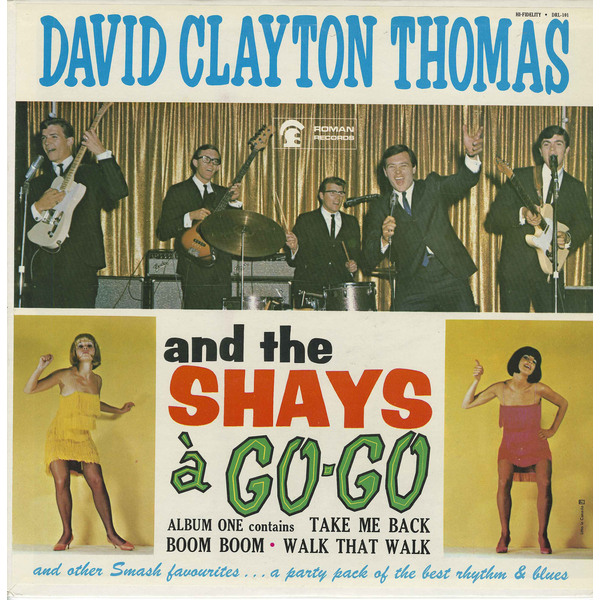
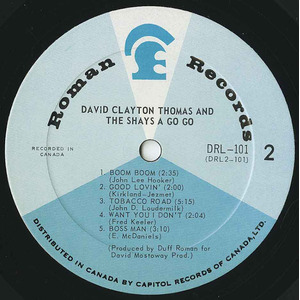
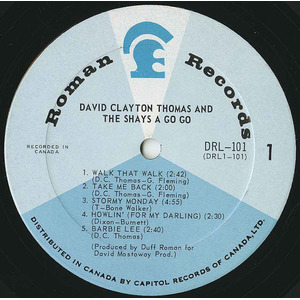
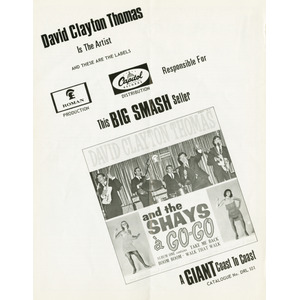

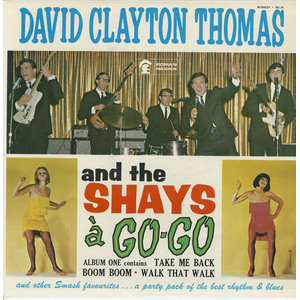
No Comments